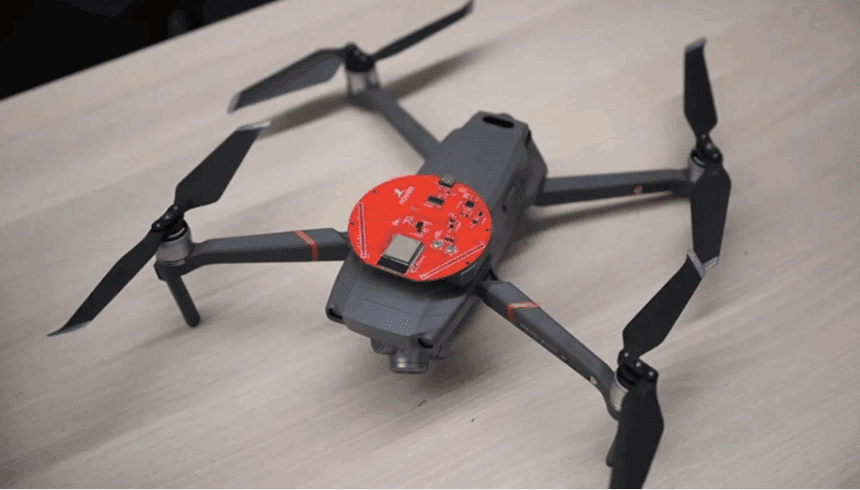Turkish researchers have earned top honors from NATO for developing an artificial intelligence-assisted drone defense system modeled on the collective threat-response behavior of honeybees. The system, known as STRIKE, was selected among the top 10 entries at the 2025 NATO Innovation Hackathon, where over 80 teams from alliance countries competed with advanced dual-use technology projects in the defense and security sectors.
STRIKE was developed through a collaboration between Middle East Technical University (METU) and Aksaray University, in partnership with Skytech Robotic Technologies, a startup based in METU’s technopark. The project was supported by TÜBİTAK, Turkey’s national research funding agency.
The AI-powered module is designed to be mounted on unmanned aerial vehicles (UAVs) and independently detect the direction of hostile fire during flight. If the drone is hit, STRIKE continues broadcasting the coordinates and angle of the attack to other drones or command units—similar to how a honeybee marks a threat using pheromones to alert its hive.
Associate Professor Dr. Erol Şahin, Director of METU’s Center for Robotics and Artificial Intelligence (ROMER), said the system is a form of biomimicry, drawing directly from the biological behavior of bees. “A bee that stings leaves behind a sac with alarm pheromones, effectively marking the threat for others. Likewise, our module marks the attacker even after the drone is downed,” Şahin explained.
Unlike traditional drone defense mechanisms, STRIKE is a standalone, plug-and-play system that operates independently of the UAV’s core systems. It analyzes impact data in real time—using onboard sensors and an embedded AI model—to determine the direction, velocity, and angle of incoming fire. Even after the drone is incapacitated, STRIKE can transmit tactical information, helping allied units pinpoint and neutralize the source of the threat.
The module was tested in live-fire conditions during a military exercise organized by Turkey’s Presidency of Defense Industries. According to Dr. Veli Bakırcıoğlu of Aksaray University, the system successfully detected and relayed the direction of the attack after a drone was struck. Initial tests revealed slight deviations in angle estimation, which the team later corrected by integrating a machine learning algorithm that improved accuracy based on sensor data patterns from earlier exercises.
Dr. Bakırcıoğlu described the module as a “security layer” or “smart payload” for autonomous systems, enhancing their defensive capabilities. “We’re seeing a global trend toward autonomous systems in military and civilian applications. STRIKE adds an intelligent layer of threat detection and real-time coordination, which increases both survivability and tactical advantage,” he said.
The project earned high praise from a NATO jury composed of military officers, engineers, academics, and innovation experts. As a result, the team has been invited to apply to NATO’s Defence Innovation Accelerator for the North Atlantic (DIANA), which provides funding, mentorship, and commercialization pathways for high-impact technologies across the alliance.
A patent application has already been filed in Turkey. Şahin noted that discussions with investors are underway to move the module from prototype to production. “Our goal is to elevate the technology readiness level and make this a deployable product—not only for Turkey’s defense needs but also for NATO partners,” he said.
As drone warfare continues to reshape modern battlefields, systems like STRIKE, which combine biological inspiration, real-time AI analytics, and independent tactical communication, may help define a new standard for smart, survivable, and networked UAV platforms.



